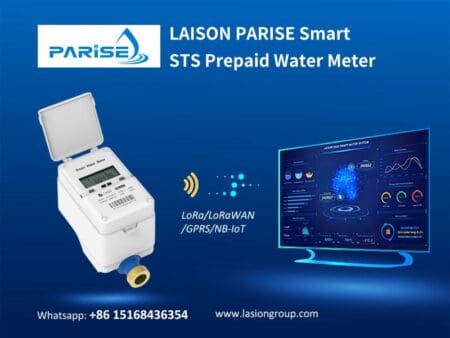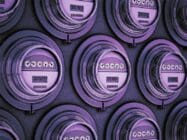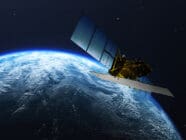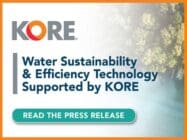
Building on the benefits of using prepaid water meters already widely recognised by water utilities in Africa, more and more water companies have started pilot projects. And during the operation of the pilots, the water companies are demanding more functionality from the meters, which require them to be upgraded to smart meters.
Indeed, over the past few years most water meter manufacturers have started to move away from smart card technology and adopt the Standard Transfer Specification (STS) technology, which supports mobile payment platforms like M-Pesa, MTN, or Airtel and may be more easily recharged with a 20 digit token.
Moreover, without a physical card to transfer the data, STS prepaid water meters may more easily integrate remote communication technologies such as LoRa/LoRaWAN, NB-IoT, GPRS or Bluetooth, etc., collectively named Internet of Things (IoT) communication, which enables bi-communication capability.
There is no standard definition of the difference between smart prepaid water meters and regular prepaid water meters. The consensus of the industry can be summarised as follows.
First, the digital metering technology, which is based on sensing, will be more accurate compared to the conventional metering.
Second, the smart water meters must have the function of bi-communication enabling uploading of billing data and alarm events, etc. through either a walk-by system or fixed network.
Third, the smart water meters must have leakage and by-pass detection features, etc., which are not necessary functions for normal STS prepaid water meters. Other functions like stepped tariffs, anti-tamper, pressure and temperature measurement are also frequently mentioned as features of smart water meters, but none are as important as IoT communication for two-way data transmission.
So why must smart water meters must have bi-communication as the most important feature? As is well known, the biggest challenges for African water utilities are the high non-revenue water (NRW) and the delay on bill payments. The STS prepaid water meter effectively improves the efficiency of bill collection, as without the IoT remote communication, the idea of decreasing the NRW through data management and analysis is not feasible.
There is a misunderstanding that remote data collection is only for replacing the meter reader, but this is not necessary in Africa as labour costs are very low and people need more job opportunities. On the contrary, data collection is the basis for improving management and creates more valuable jobs. It is only through the MDMS (Meter Data Management System) and IoT communication that water companies can collect the hourly or daily consumption data, which can be used to analyse abnormal events and detect leakage points quickly to which skilled workers can then go to fix the problems.
The IoT remote communication also provides the possibility for online monitoring of pipe network pressure, abnormal users with non consumption and huge night flow, etc.
After the installation of the prepaid water meters, the financial department will encounter challenges with the revenue and the consumption having a time difference as the prepaid water meter has a balance, which is effectively a stock of water. Thus, the financial department is the one that most quickly requests the billing data readings for analysis of financial indices such as gross profit, etc.
Water companies are very concerned about the cost difference between regular prepaid water meters and smart water meters, but this depends on the strategy of the manufacturers. For example, Tesla vehicles are fitted with all features, which can be activated through the configuration. Similarly LAISON Parise series prepaid water meters have all smart features by default.


Depending on the different IoT technologies, the smart metering system requires some additional devices to enable remote data transmission, such as LoRa Data Concentrator Unit, LoRaWAN gateway or NBIoT/GPRS SIM card, etc. This communication equipment is used to collect data from multiple meters, with typically 200 to 300 smart meters sharing one DCU within a range of radius above 0.5km, so the cost is favourable compared to the benefits.
Upgrading prepaid water meter solutions to smart metering systems with a DCU/gateway and MDMS is a smart choice for water companies and a trend of the times.
Author: Mr. Raymond Zheng, managing director of LAISON, email: laisontech@gmail.com








